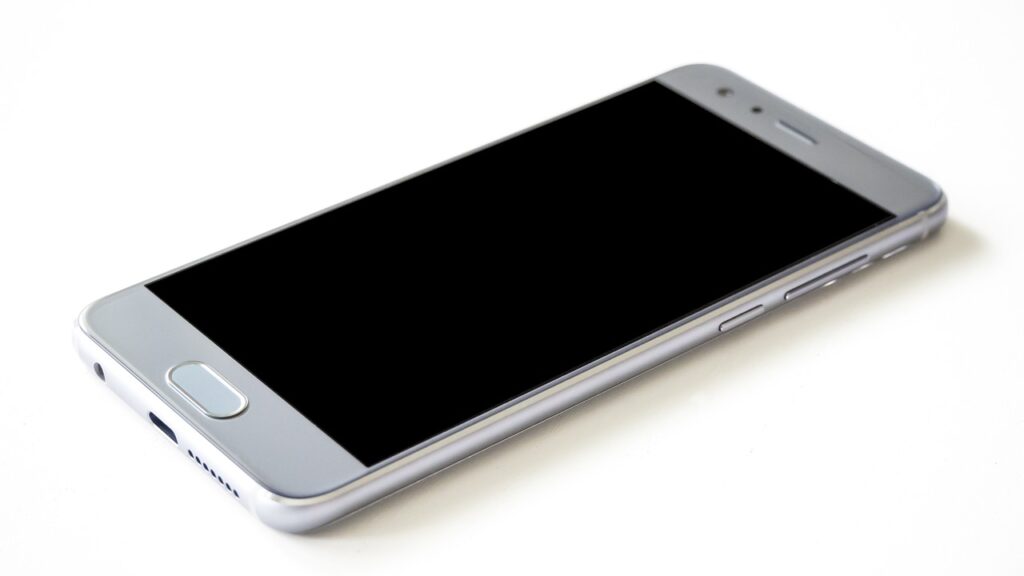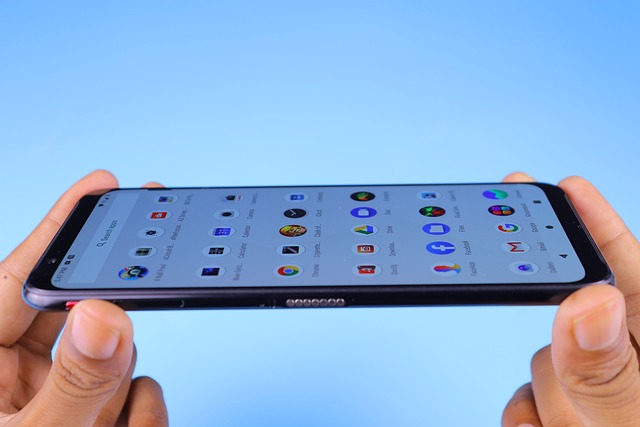The Best Oppo N1 Review to know More About Its Specifications
Do you want to comprehend what NFC means? Have you read Oppo N1 review and catalogue and noticed some blurry things? If you want answers to these questions, and many more about Oppo N1 specifications, then you are in the right place.
After announcing Oppo N1 by Oppo on 9/1/2013, this model has been Released 2013, October. However, this model status in the market is: Discontinued.
When you buy Oppo N1, you will gain a 13 MP, AF rear camera and Rotating pop-up main camera module selfie camera. it Also has 16GB 2GB RAM, and 3610 mAh battery life (the more mAh value gives more strength to the battery).
with 5.9 inches, 96.0 cm2 screen size.
Oppo N1 comes with the following OS and chips:
* Android 4.2 (Jelly Bean) operating system,
* Qualcomm Snapdragon 600 Chipset
* Quad-core 1.7 GHz Krait 300 Processor.
To understand the meanings of smartphones specifications, continue reading this Oppo N1 review.
Read Oppo N1 Review To Know More About The Body Specs
People are often interested in the mobile phone’s body features, which prompted most cellular phone production companies to use a significant part of the company’s research and budget to develop this aspect of cellular phones so that it suits all the ambitions of the consumer. In the following lines, you will find Oppo N1 review, which will explain the most important details related to the body of this device.
* Body Dimensions: 170.7 x 82.6 x 9 mm (6.72 x 3.25 x 0.35 in) which mean height, width, and thickness (depth) respectively.
* Body Weight: 213 g (7.51 oz).
For cellular phones, a weight between 140g to 170g is deemed convenient for most people.

How to Choose Your Best Color? Oppo N1 Review
Choosing the color of the cellular phones does not affect the quality of its work or the effect of heat on its internal components, so you can choose the color based on your preferences or the nature of your use of the phone.
Oppo N1 comes in the following colors: White, dark blue.

Oppo N1 Review In Terms of Display features
The cellphone’s display is the essential part of the user interface, Therefore, it’s important to identify all of its aspects., then you can choose a smartphone with screen that provides your needs.
The following lines sort-out the fundamental features of Oppo N1. screen
Display Type: IPS LCD – Note to go for a screen type that offers more vivid colors and true black..
Display Size: 5.9 inches, 96.0 cm2 – Actually, the average mobile phones screen size is between 4.7 and 6.5 inches.
Screen To Body Ratio: (~68.1% screen-to-body ratio). It refers to the percentage of how much the screen covers the front face. Smartphones that have the largest screen to body ratio look delicate and give it a premium look.
Display Ratio: 16:9 ratio. the Aspect ratio is the relevance between the height and width of the smartphone screen. Taller aspect ratios like 19.5:9 is coming with the most modern smartphones, and it is suitable for web browsing, and other portrait orientation apps.
Display Resolution: 1080 x 1920 pixels. It is the clarity of an image video in details and sharpness. The pixel resolution for high definition screens is 1920 x 1080.
Display Density: (~373 ppi density). It is the number of physical pixels per inch on a screen, and is measured in Pixels Per Inch (ppi).

Oppo N1 Review – Understanding Camera terminologies and Specs
In the following lines, you will find Oppo N1 review about the main cameras.
* Main Camera Single: {13 MP, AF}.
Here are explanations about some of the symbols included in the camera features:
MP (Megapixels) is the resolution of the image taken by a smartphone.
(f value) is the aperture of a lens indicates how much light it lets in. The larger the aperture, the more light is let in; and vice versa.
(mm value) This measurement is of the lens’s focal length, which affects the final image that is produced by your camera.
AutoFocus (AF) is the function of a camera to automatically focus on a subject.
The main camera features are as follows:
Dual-LED flash, HDR, panorama, 1080p@30fps main video camera.
Here is the Oppo N1 review of the selfie camera:
* Selfie Camera Single: Rotating pop-up main camera module
The main camera specifications are:
LED flash,

What’s The SIM card? Oppo N1 Review
A SIM card, also known as a Subscriber Identity Module, is an electronic card that stores information including user identity, phone number, network authorization data, personal security keys, and contact lists. A SIM card connects a cellphone to a specific mobile network to use its functions, like making calls, connecting to internet services such as 3G, 4G LTE (please refer to Oppo N1 3G or Oppo N1 4G articles ) and 5G, or sending SMS messages. Please note that its possible to use your phone without SIM card as a personal assistant device.
This cellphone model comes with Micro-SIM card. For more information, refer to How to insert SIM card in Oppo N1 article.
Here are the popular SIM card types:
* Nano SIM. This removable SIM card size is the smallest available one, so it is the most modern one (other than eSIMs, which we’ll read about it very soon) and most current cellphones are using it.
* Micro SIM. They have a slightly larger chip, and they’re seldom been used in the recent years.
* Standard SIM (Mini SIM). It is the biggest SIM card size in use, and it’s the most rarely used.
* eSIM. It is an embedded SIM card, i.e., you can’t take it off of your cellphone.

The Performance – Oppo N1 Review
This model has Qualcomm Snapdragon 600 chipset.
Advanced embedded chipsets in cellular phones allows the performing of many different tasks depending on their programming. They are built-in as part of the complete device including hardware and mechanical components. The most common chipset kinds are: QUALCOMM Snapdragon, INTEL ATOM, and MEDIATEK CHIPSETS..
Oppo N1 has Quad-core 1.7 GHz Krait 300 CPU.
CPU (Central Processing Unit) performance is necessary for the daily user experience. Thus, the higher the number of cores, and the higher the number of processing speed the better the performance will be..
Oppo N1 has the following GBU (Graphics Processing Unit): Adreno 320.
This chip is responsible for processing all graphics jobs. In fact, Users are now more familiar about the various GPU chip models included in smartphone chipsets and occasionally take their performance into account when making purchases.

Knowing About Storage specifications – Oppo N1 Review
The amount of storage that a new mobile phone provides is one of the fundamental decision considerations.. and the following internal memory: 16GB 2GB RAM – 32GB 2GB RAM
Two types of phone’s memory are available:
Internal: It is integrated inside the phone, and can’t be expanded. These days, most cellphones come with internal memory of at least 32GB or 64GB and a few high-end models feature 256GB or 512GB.
External: It is a removable SD card used as an alternative memory to save photos, music, videos, etc., regardless of the kind of SD card slot.

Oppo N1 Review of Connectivity and Mobile Networks
Mobile networking is a term used to describe technologies that can provide wireless voice and/or data network connections. There are three kinds of mobile networks in use: 3G, 4G (LTE), and 5G. All of it are supported by the most modern cellphones. However, 5G has been designed with an enhanced capacity to enable next-generation user experiences, empower new deployment models, and deliver extra services.
Oppo N1 supports the following networks: 3G. For more information, refer to Oppo N1 3G article.

Available Wireless Connections – Oppo N1 Review
This model comprises the following wireless communications:
* WLAN connection: {Wi-Fi 802.11 b/g/n, Wi-Fi Direct, DLNA, hotspot}. Wireless Local Area Network depends on Wi-Fi to connect to the home or office wireless network using the local router and provides Internet access.
* Bluetooth connection: {4.0, A2DP}. It is a common wireless communication protocol used to connect two devices together over short ranges, allowing them share data between different devices.
* GBS connection: {Yes, with A-GPS}.Global Positioning System allows smartphone to define any position you need.
* NFC connection: {Yes}.Near Field Communication is a wireless technology that allows your mobile phone to send data to another device when they’re close together, so it’s commonly used for contactless payments. For more info, refer to NFC on Oppo N1 article.
* USB connection: {microUSB 2.0, USB On-The-Go}.Universal Serial Bus is wired technology that allows users to connect two devices, such as a smartphone with a PC, to either transfer data or to charge the connected device.
* Features Sensors: {Accelerometer, gyro, proximity, compass}. The sensor is a device that detects and majors the changes in the nearby environment such as ambient light and motion.

Oppo N1 Review – The Operating System
This model comes with {Android 4.2 (Jelly Bean)} operating system.
Battery Main Specifications – Oppo N1 Review
Nothing is more important than the battery of the mobile phone that keeps these gadgets running and keeping daily life working. The following lines are containing Oppo N1 review of its primary battery.
* Battery Technology: {Li-Ion}.
* Oppo N1 comes with {non-removable} battery.
* Battery Capacity: {3610} mAh. It refers to the amount of storage volume a specific battery may offer. A battery with 3100 mAh capacity rating could supply a current of 3100 mA for one hour. Higher mAh ratings for the same battery type will generally mean more working time.

The Battery Secondary Specs – Oppo N1 Preview
Along with the main Oppo N1 parameters that we just discussed, this model contains additional battery-related characteristics that differ somewhat depending on the model of cellphone.

